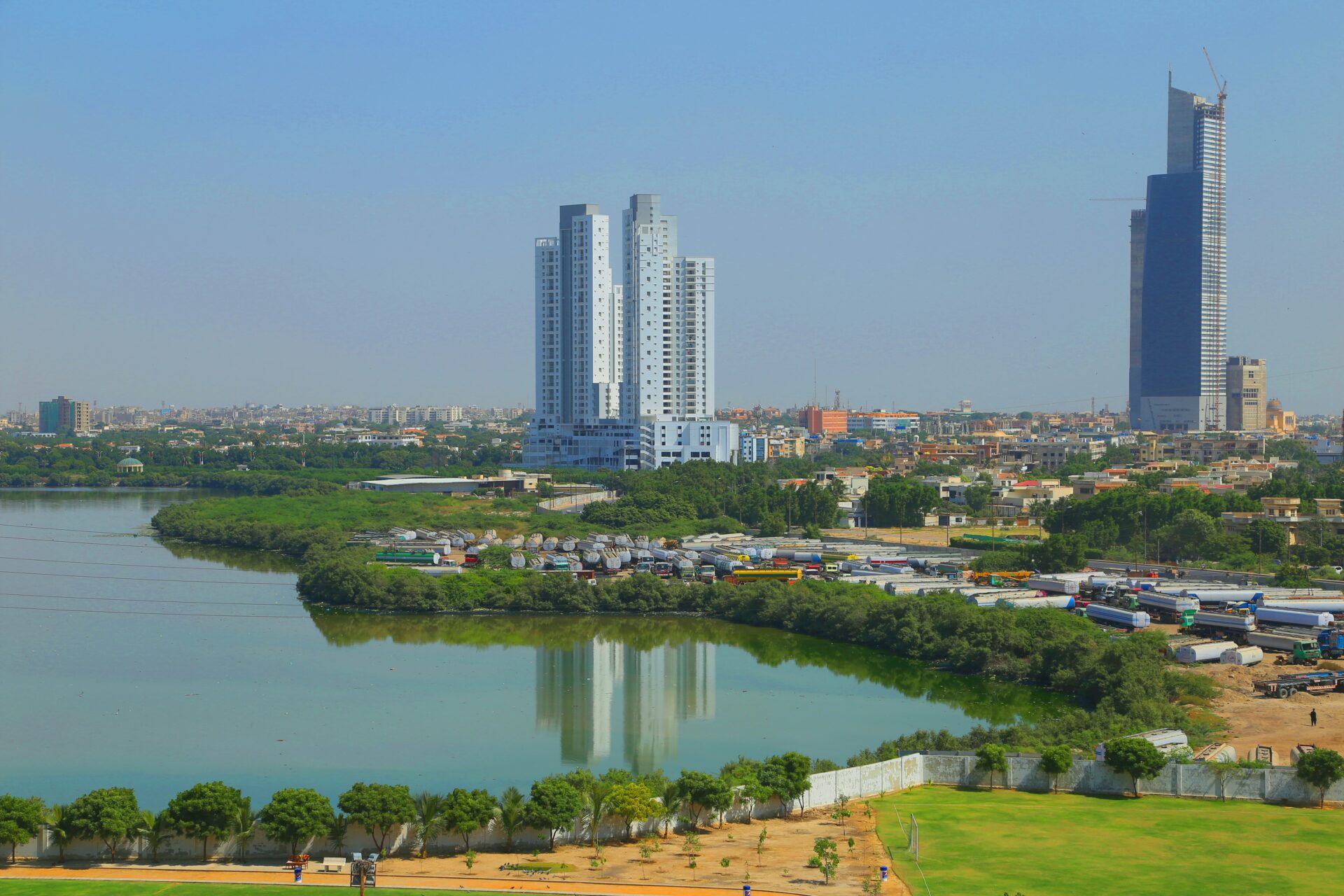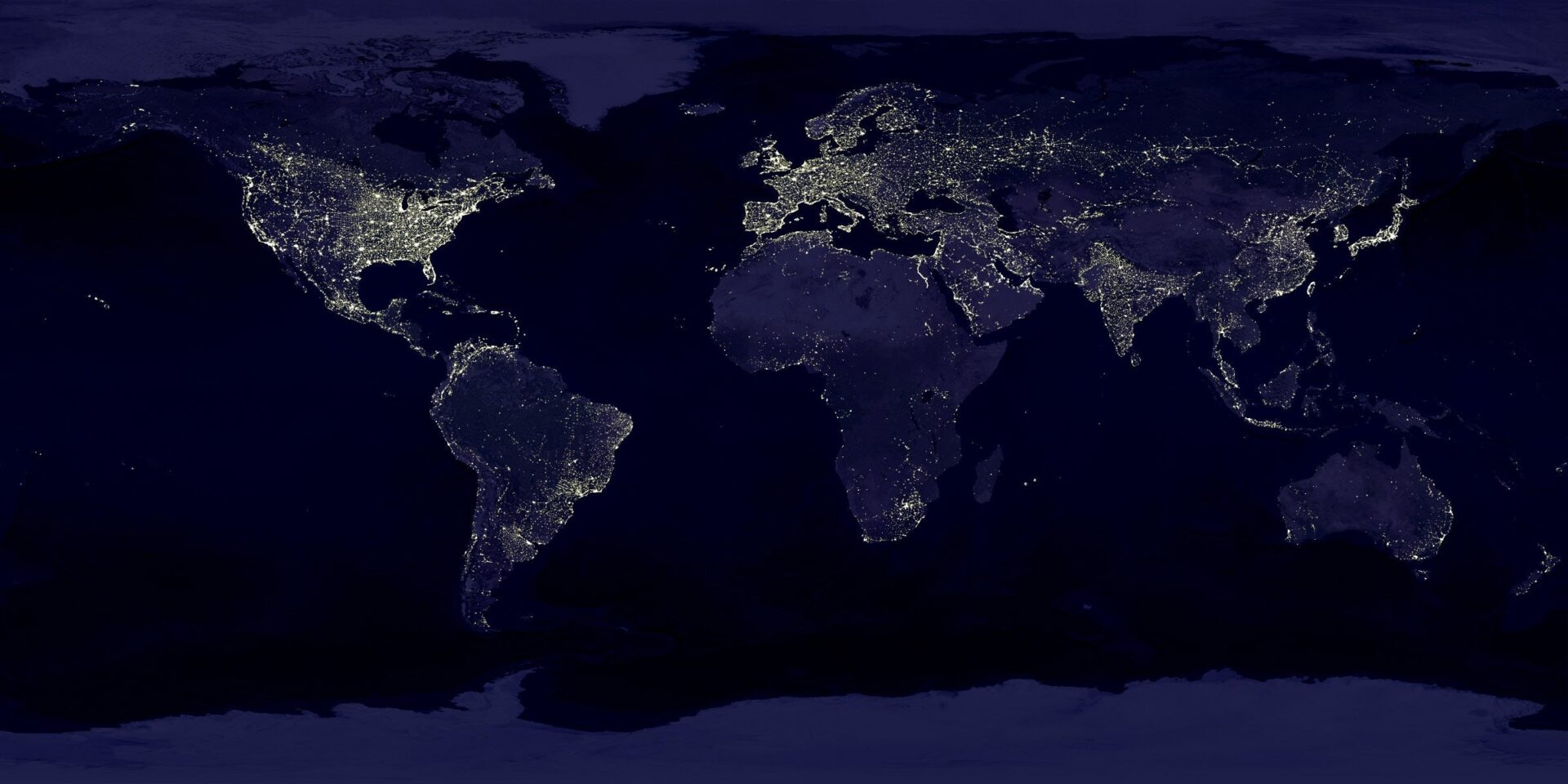The Belt and Road: Powering Ahead
China’s ambitious Belt & Road initiative (BRI) is in its eighth year and continues to forge ahead, the pandemic notwithstanding. The BRI is a global infrastructure project that aims to connect China with several of its trading partners in Asia, Europe and Africa. The initiative plans to connect these strategic regions through a vast network of roadways, railways and energy projects.
Besides a gamut of infrastructure projects, China also plans to develop roughly 50 special economic zones (SEZ) modeled after the successful Shenzhen SEZ. Over 60 countries are already part of this trans-continental infrastructure plan. Among the many megaprojects that are part of this large initiative, are the China-Pakistan Economic Corridor that cost a whopping $70 billion, the Jakarta-Bandung High-Speed Railway, the China-Laos Railway and the Hungary-Serbia Railway.
Thus far, China has already lent an estimated $200 billion on approved BRI projects. By 2027, China could be well be looking at expenditures amounting to anywhere between $1.2-$1.3 trillion for BRI related projects. It is one of the defining geopolitical and geo-economic phenomena of our times.
To facilitate detailed discussion around the BRI and its impacts on societies and economies, this is a key theme that will be discussed at the Horasis Extraordinary Meeting on the United States of America later this month. The event will run parallel sessions hosting key participants from the fields of business, government, academia and media to deliberate and find possible solutions to some of the pressing issues faced by the world.
What are its Benefits?
Considering the pandemic’s impacts that have left most developing and underdeveloped countries exposed, the BRI could be an important catalyst for economic recovery. BRI projects in several emerging economies have acted as a fiscal stimulus and created jobs for locals. BRI investments and activity have helped provide an economic buffer in this time.
By 2018 itself, China had established 75 overseas economic and trade cooperation zones. An investment of over $27 billion was committed to this front and 200,000 jobs were created for locals in these zones.
The BRI contributes to increased trade efficiency by reducing transportation time between the two ends of the Eurasian continent. Poor infrastructure is a critical constraint when it comes to trade across borders, and the BRI is playing a role in addressing this constraint by taking on important transportation projects.
It also brings benefits to small businesses. In Africa, for example, small businesses and locals have benefited from these infrastructure projects. The Mombasa-Nairobi line–one of BRI’s most ambitious project–has already ferried 3.6 million passengers and transported 624,000 containers since operations commenced in 2017. This reliable railway service has been a boon for local businesses, cutting down travel time between the Mombasa port and the city by two-thirds.
The Impacts of the Pandemic
Much like all other areas of the global economy, COVID-19 had a big impact on Chinese overseas investment, including BRI investments. Total Chinese investment into BRI countries fell 54% to about $47 billion in 2020. However, the decline in overseas Chinese investment into non-BRI countries was even more substantial, falling 70% to $17 billion last year.
In fact, some BRI countries such as Vietnam recorded an increase in BRI investments in 2020. This demonstrates that countries that are party to the BRI were less impacted by the impacts of the pandemic, at least in terms of incoming FDI.
China was also quick to increase investments in the logistics sector given the need for necessities and critical supplies to reach severely affected economies. And it also doubled down on its renewable energy investments in BRI countries. Investments in solar, wind and hydropower made up the majority of Chinese investment in BRI countries for the first time ever, reaching 57% in 2020 from 38% in 2019.
Additionally, in keeping with its new dual circulation policy, “… China’s commitment to accelerating international cooperation of the Belt & Road has not changed…. We are ready to work with all stakeholders to advance high-quality Belt & Road Cooperation with renewed commitment and greater resilience,” Wang Yi, China’s State Councilor and Foreign Minister, recently said.
President Biden and the BRI
Given the ebbs and flows of the trade and tech war with China, and a whole host of domestic issues to contend with, the BRI is not near the top of the US foreign policy agenda. That does, however, not mean it isn’t important or is not being watched.
In fact, even before he became President, Biden regularly highlighted the environmental damage resulting from the BRI and its perceived disregard for sustainable practices and environmental standards. He has, in the past, argued that China is financing dirty fossil fuel energy projects in Asia and outside of it as part of the BRI. It is largely from this lens that the US will look at the BRI, and not in the context of its potential geopolitical implications, although those will not be overlooked either.
The US has plans to propose its own set of eco-friendly infrastructure projects to China’s BRI partners. As of early 2020, it had launched the US International Development Finance Corporation to finance cleaner projects. The current administration, meanwhile, can also assume a tough stance by calling for high environmental standards to complied with in BRI projects. It will be important to see how this unfolds as there will be definite ripple effects for the global economy just as there were worldwide implications at the height of the US-China trade conflict.
Photo caption: Pakistan has been one of the main beneficiaries of the Belt & Road Initiative, with several infrastructure projects undertaken.



